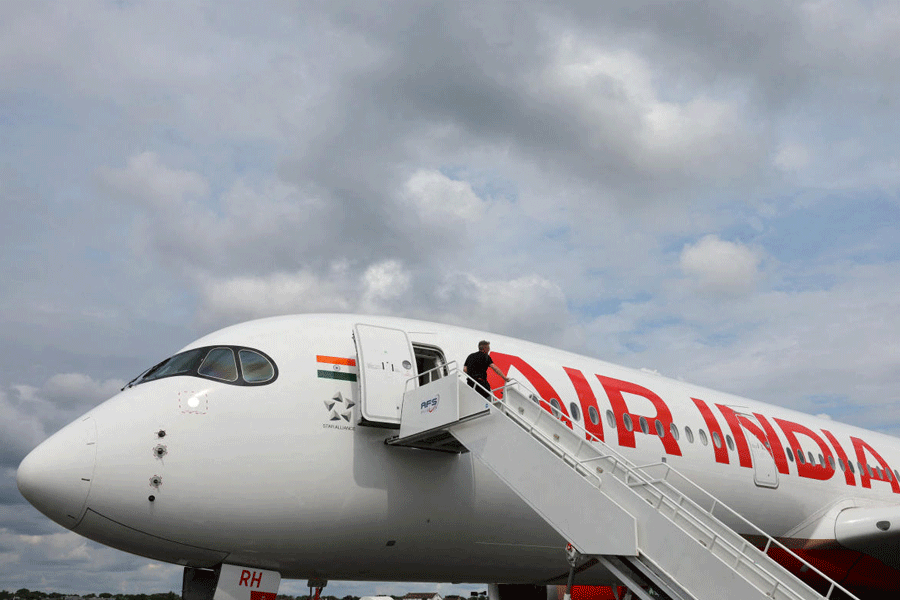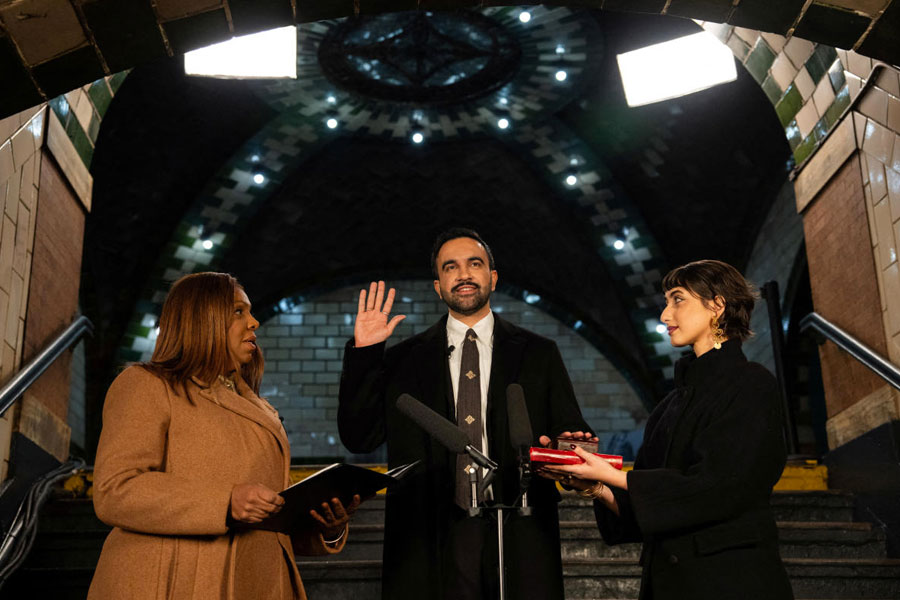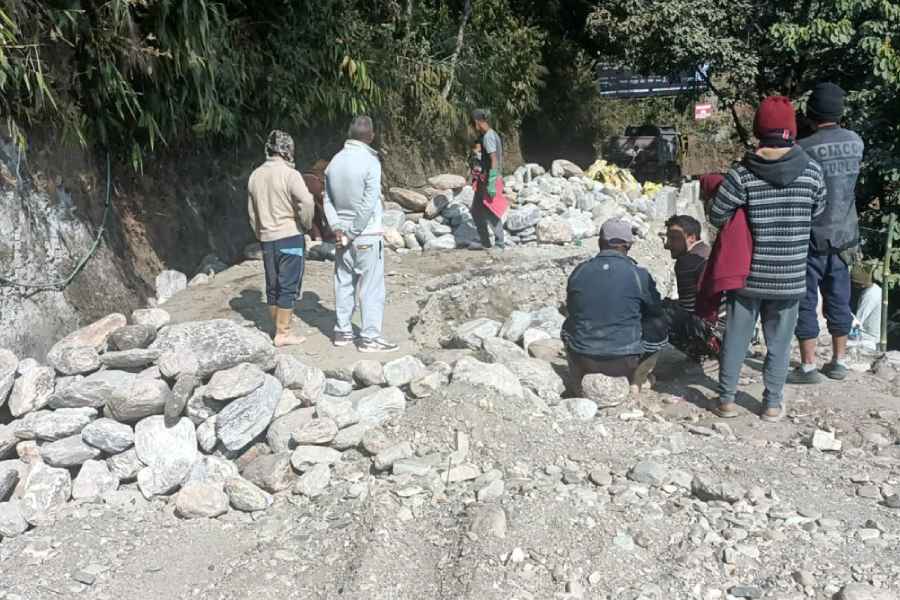Shillong, April 4: Meghalaya’s eco-diversity has once again been brought to the fore with the discovery of 19 new caves following a 18-day expedition conducted recently.
According to the general secretary of the Meghalaya Adventurers’ Association (MAA), Brian D. Kharpran Daly, the 21st edition of the International Cave Expedition under the project Caving in the Abode of the Clouds was a tremendous success.
From February 4 to February 21 the expedition team focused on the caving areas of Khahnar and Larket in the Jaintia Hills region.
A total of 18 cavers from the UK, Ireland, Switzerland, Austria, Romania, Germany and members of MAA took part. Also in the team were two Romanian biologists and a researcher from Lady Keane College here.
Daly said a total of four existing or partially explored caves were further explored and extended while 19 new caves were explored. In addition to this, information about a number of caves in Moolapui village was also collected.
He said a total of 9.03km of new cave passages was explored and mapped. With this the total number of known caves in Meghalaya is 1,350, with 850 of these being explored or partially explored to yield a total length of mapped cave passage of 387 km.
In the Larket area, Krem Khung was extended from 5,065 metres to 7,349 metres in length, making it India’s eighth longest cave. This cave is characterised by huge fallen boulders as big as houses.
Krem Labit Kseh in Kopili Valley was extended from 5,910 metres to 6,802 metres in length with fine river passages and beautifully decorated dry relic passages like the Black Diamond Passage and Crystal Gallery. This is one of the very few caves in India that has a profusion of rare gypsum formations, resembling flowers. It represents India’s 10th longest cave.
Krem Diengjem has been extended from 21,250-metre long system (Krem Tyngheng-Diengjem cave system) to 21,359 metre almost touching Krem Kotsati-Umlawan system which is India’s second longest cave at 21,450 metres. As the third longest in the Indian subcontinent, it is also the third cave to exceed 20km in length.
Daly also said in December 2012, the association had conducted a small expedition to South West Khasi Hills in Amarsang village. The two MAA members and an American caver were successful in identifying 12 new caves in the area and mapping 743 metres of Krem Amarsang which is still ongoing on both ways.
Krem Amarsang is characterised by identical 3metre-wide deep wells all along the active stream way.
“Much of the cave that has been explored in Meghalaya to date is an impressive river cave mixed with a huge relic passage and magnificent clean washed shafts. These create cave systems equal in size and beauty to any found elsewhere in the world, maintaining Meghalaya’s status on the world-caving map as a significant caving region,” Daly said.










